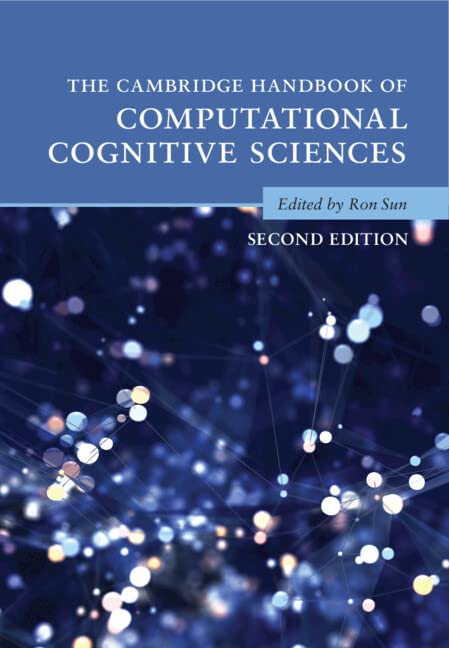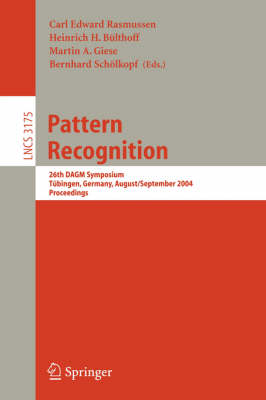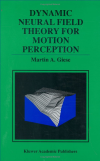Books
The Cambridge Handbook of Computational Cognitive Sciences
The Cambridge Handbook of Computational Cognitive Sciences is a comprehensive reference for this rapidly developing and highly interdisciplinary field. Written with both newcomers and experts in mind, it provides an accessible introduction of paradigms, methodologies, approaches, and models, with ample detail and illustrated by examples. It should appeal to researchers and students working within the computational cognitive sciences, as well as those working in adjacent fields including philosophy, psychology, linguistics, anthropology, education, neuroscience, artificial intelligence, computer science, and more.
Dynamic Faces: Insights from Experiments and Computation
Dynamic faces represent an interesting and largely unexplored topic in neuroscience with substantial importance for technical applications. The goal of this book is to provide an overview of recent developments in the field of dynamic faces. It is an outgrowth of a workshop on dynamic faces we have organized in March 2008 at the COSYNE conference in Snowbird/ Utah. The book presents a collection of recent work within an interdisciplinary framework, written by experts in different domains including neuroscience, psychology, neurology, computational theory and computer science, covering a broad range of relevant topics. These include: psychophysics of dynamic face perception, results from electrophysiology and imaging, clinical deficits in patients with impairments of dynamic face processing, and computational models.
Pattern Recognition, Proceedings of the 26th DAGM Symposium (Lecture Notes in Computer Science 3175)
This book constitutes the refereed proceedings of the 26th Symposium of the German Association for Pattern Recognition, DAGM 2004, held in Tübingen, Germany in August/September 2004. The 22 revised papers and 48 revised poster papers presented were carefully reviewed and selected from 146 submissions. The papers are organized in topical sections on learning, Bayesian approaches, vision and faces, vision and motion, biologically motivated approaches, segmentation, object recognition, and object recognition and synthesis.
Dynamic Neural Field Theory for Motion Perception
"Dynamic Neural Field Theory for Motion Perception" provides a new theoretical framework that permits a systematic analysis of the dynamic properties of motion perception. This framework uses dynamic neural fields as a key mathematical concept. The author demonstrates how neural fields can be applied for the analysis of perceptual phenomena and its underlying neural processes. Also, similar principles form a basis for the design of computer vision systems as well as the design of artificially behaving systems. The book discusses in detail the application of this theoretical approach to motion perception and will be of great interest to researchers in vision science, psychophysics, and biological visual systems.




